Last Updated on February 15, 2024 by Marian Jones
Welcome to Bath. One of the city’s world-renowned attractions is its gorgeous Georgian architecture: the elegant squares and crescents of local stone built in the 18th century. And here too are the only natural hot springs in the UK. Learn about their past by visiting the Roman Baths and the Pump Rooms where Jane Austen set some of her scenes. And enjoy them yourself by visiting the city’s ultra-modern spa facilities.
This Introduction to Bath will help you get your bearings and pick up the basic facts which underpin everything. See below for a full list of the episodes in our Bath series and for lists of reading ideas and useful links.
Get Your Bearings


Bath is in south-west England, about 2 hours on the train from London. From the Mendips, to the south, comes the limestone used to build the city’s characteristic creamy-coloured crescents and in the city centre is the feature which makes Bath unique: the only natural hot springs in England, where the water temperature is 46 degrees and with which the Romans founded the baths which gave the city its name. Within an hour’s drive are picturesque places we’ll be visiting in later episodes: Lacock, Wells and Glastonbury.
Bath sits on the River Avon which loops round the southern part of the city. In the centre are the Roman Baths and the Abbey. Road names such as Upper Boro Walls and Northgate are clues to the city’s medieval boundary. Walk north up the main street, Milsom Street, to reach the Georgian glories such as The Circus and the Royal Crescent. Cross Pultney Bridge, near the Abbey, to reach the other area of Georgian expansion, Laura Place and the wide and impressive Great Pultney Street – 1000 feet long and 100 feet wide – leading down to the Holburne Museum, a fine Grade 1 listed building..
History: Romans, Anglo-Saxons, Normans
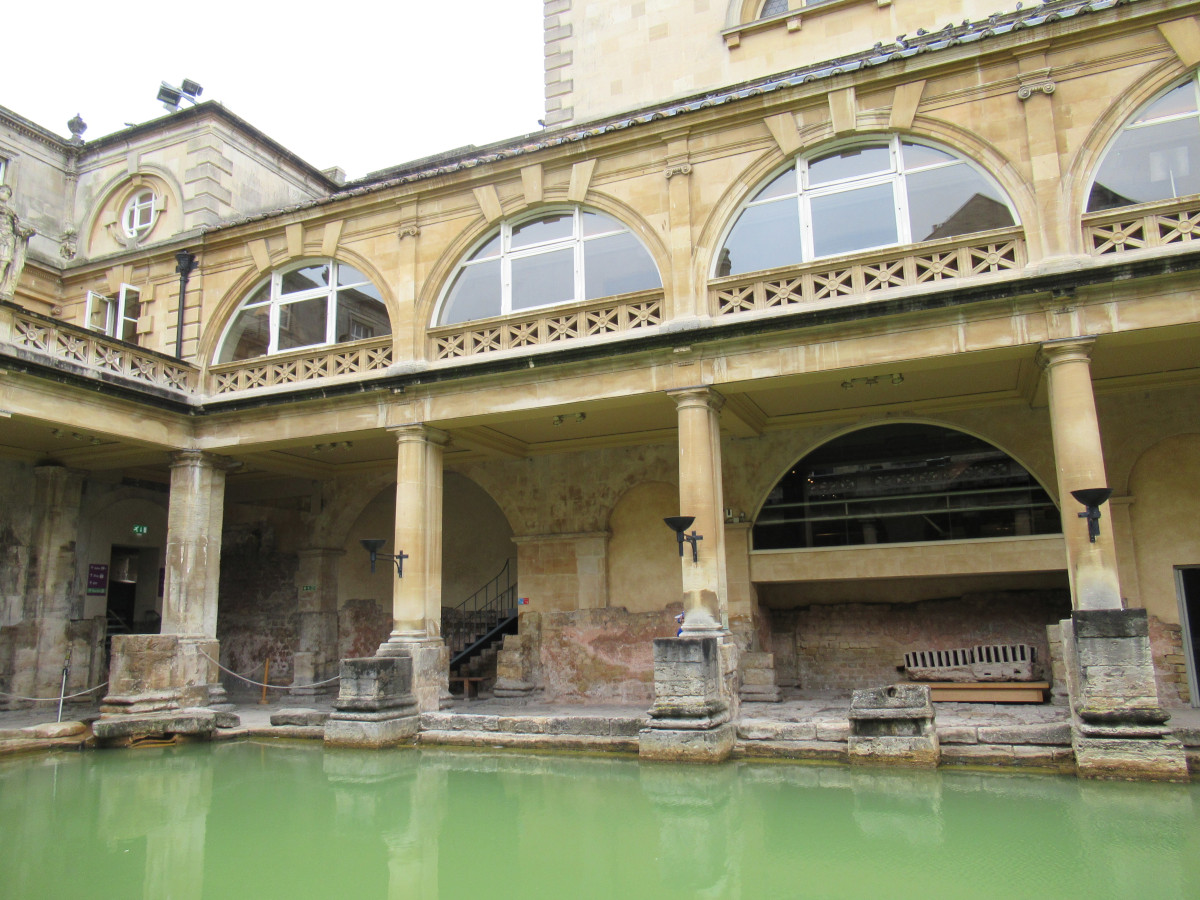

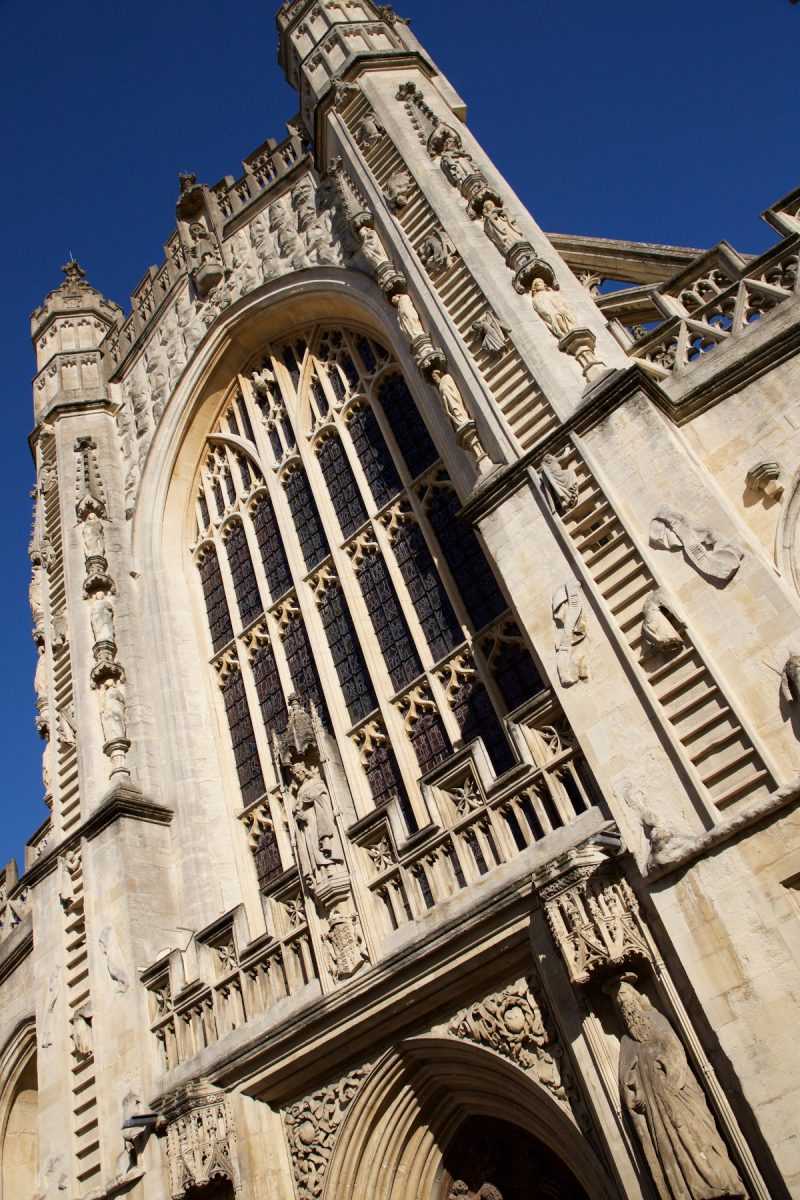
The Romans were in Britain for about 400 years from AD43 and they were immediately attracted by Bath’s hot springs, soon using their engineering prowess to build baths and, around that, a settlement including a shrine to their goddess Minerva, part of which can be seen in the museum. The Anglo Saxons built an abbey and in 973 the first ‘King of All England’, Edgar the Peaceful, was crowned there. The Normans replaced it with a cathedral, which burned down and was in turn replaced in 1499 by the current Bath Abbey. Traces of medieval Bath, a bustling market town and centre of the woollen trade, can be seen in the little streets surrounding the Abbey today.
The Georgian Era
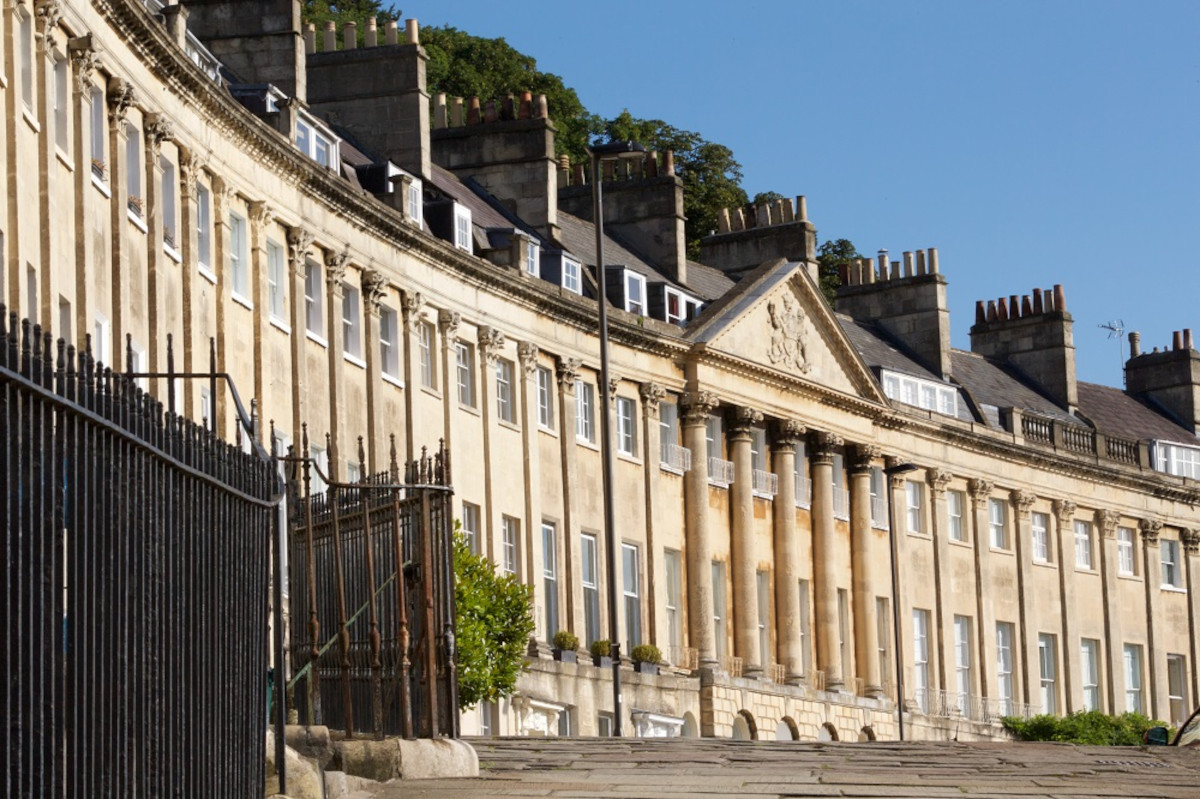
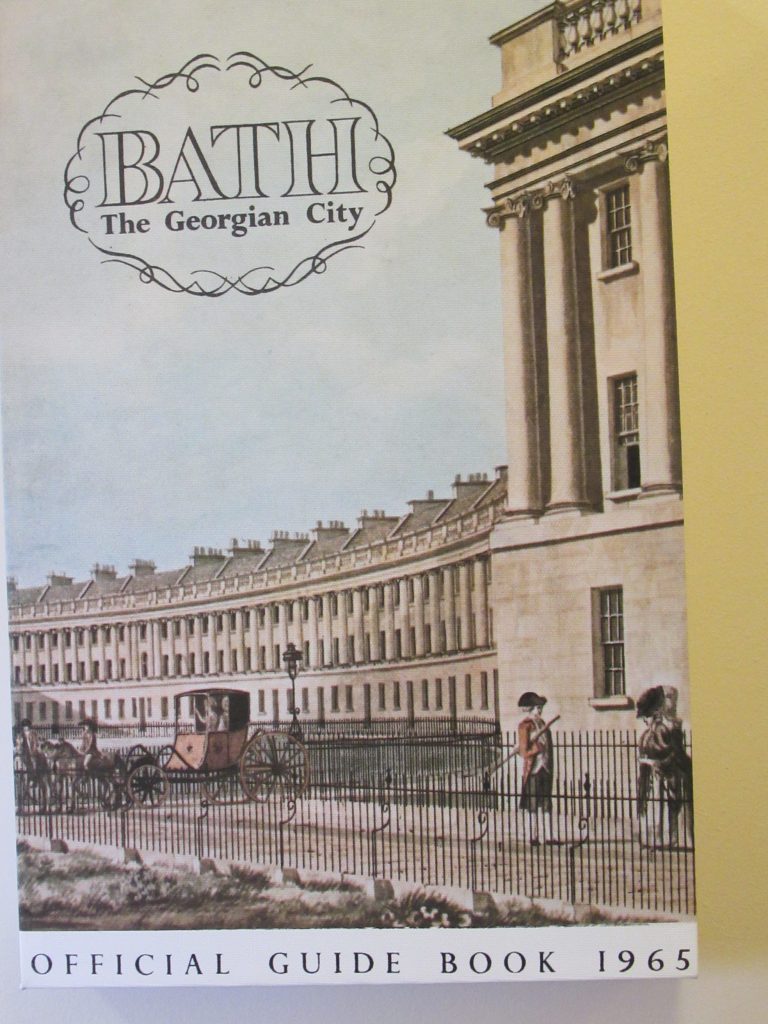

In the 18th and early 19th century new crescents and squares were built and Bath became the second most important town in England, after London. People came to ‘take the waters’ – even Lord Nelson convalesced here – and to enjoy the social life described in Jane Austen’s novels: ‘parading’ (ie walking through town), bathing, taking tea, attending balls and plays, searching out marriage partners for their offspring. Key figures of the day included Beau Nash, the flamboyant ‘master of ceremonies’ who oversaw the city’s social life and ensured decorum was kept. Christopher Anstey, writing in 1766, summed up Bath’s delights as: ‘Fine balls and fine concerts, fine buildings and springs, fine walks and fine views and a thousand fine things.’
More Recent History
During the Regency period (1811-1820), there was a decline in Bath’s popularity as Brighton, a favourite of George IV’s, became the out-of-London venue of choice for the upper classes. The Victorians left Bath Victoria Park and the Victoria Art Gallery, both of which commemorated the visit of the 11 year old Princess Victoria in 1830. In fact, she didn’t like it much and never returned. Bath was bombed during World War II and had to be extensively rebuilt. After a 1980s clean-up, it was designated a World Heritage Site.
What Makes Bath Unique?
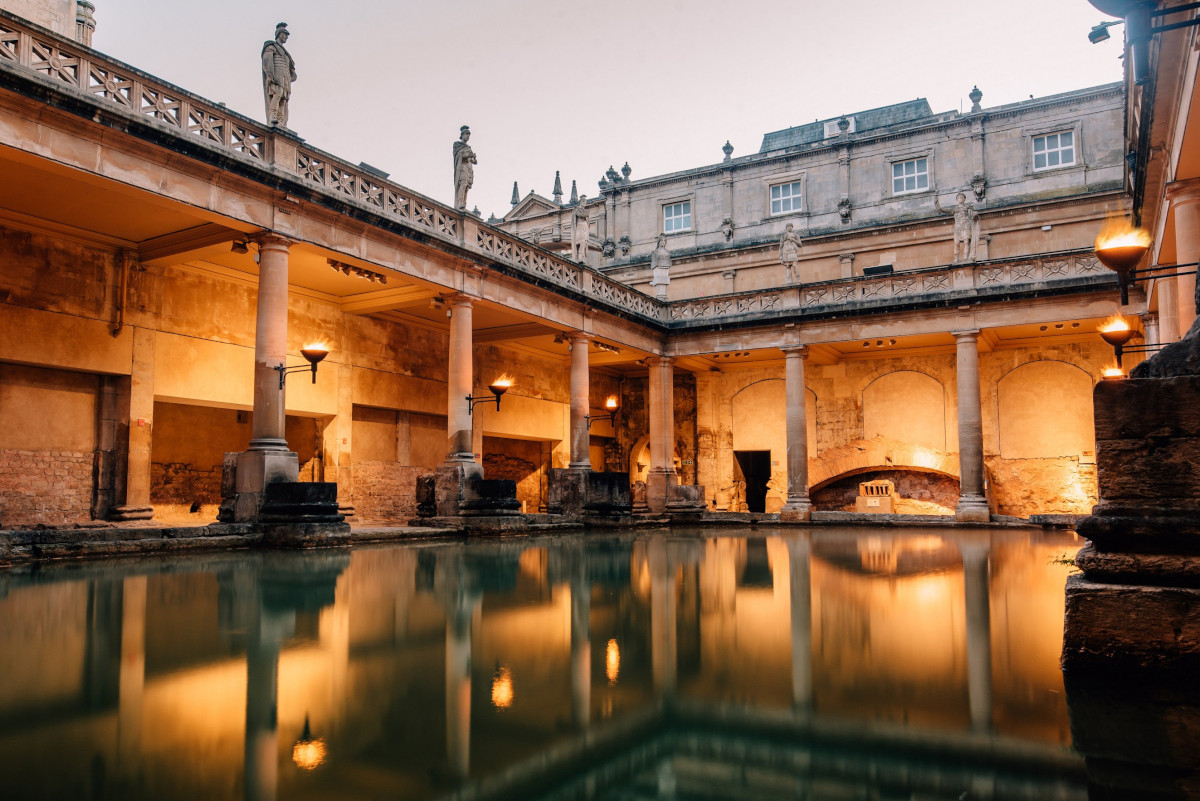
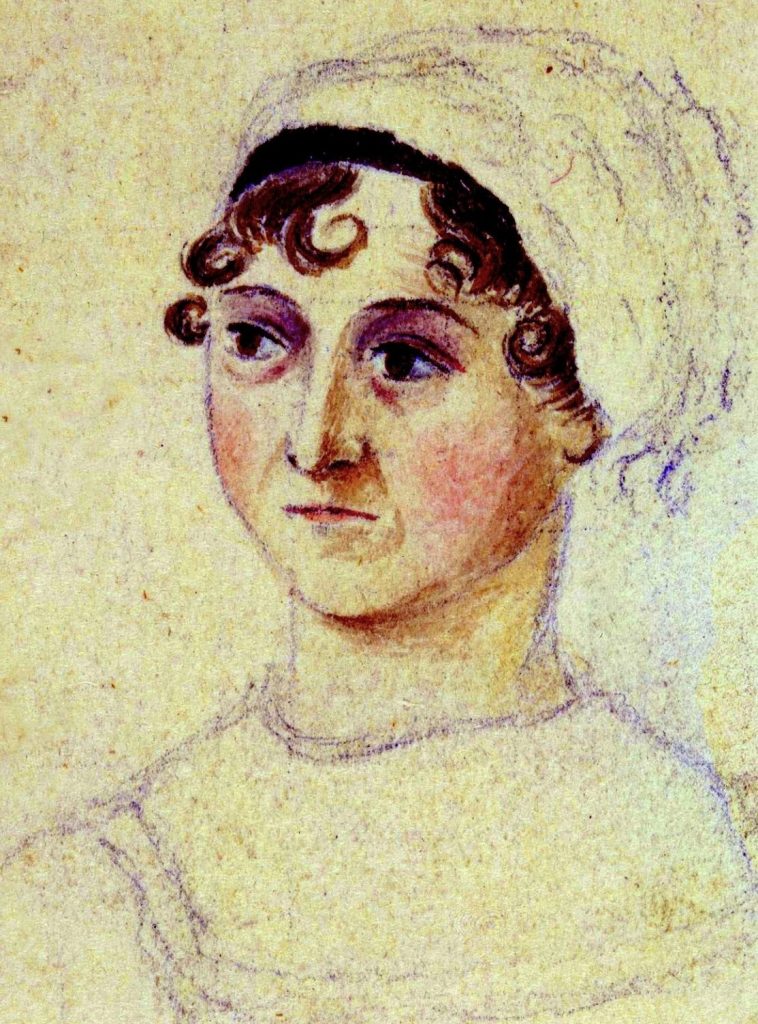

Bath’s refined elegance is unrivalled. You can wander the squares and crescents of Jane Austen’s day, and the parks such as Sydney Gardens where she breakfasted and, in 1799, enjoyed a fireworks display to celebrate the King’s birthday. It remains a spa town, with the Roman Baths and the Thermae Bath Spa complex offering spa treatments or a spot of swimming in the outdoor rooftop pool. It is a cultured city, – its theatre was the first Royal Theatre outside London – where you can take afternoon tea whilst listening to a string quartet. To quote Paul Snowden, author of Discovering Bath, ‘Tea and Bath buns in the Pump Room is still one of England’s great civilised things to do.’
In the next post, we’ll be visiting Roman Bath, for a little history and a rundown of what they have left behind to see in the city today. Meanwhile, we can recommend some useful links and staple guidebooks which proved invaluable in our research. Also listed below are some history books, anthologies and books on Jane Austen which we found useful, plus a list of all the episodes in our Bath series.
Listen to the POdcast
other posts in the bath series
The Roman Baths
Bath Abbey and Medieval Times
The Healing Powers of Bath’s Hot Springs
Discovering Bath’s Georgian Architecture
The Season, 18th Century Style
Bath through the Eyes of Jane Austen
The Museums and Galleries of Bath
Parks and Walks in Bath
Theatre and Music in Bath
A Bath Anthology
A Day Trip to Lacock and Corsham
A Day out to Wells
A Day Trip to Glastonbury
Links & Reading
Useful websites for tourists
Visit Bath (Tourist Information)
Bath.co.uk (Tourist Information)
Useful guidebooks
The Rough Guide to Bath, Bristol and Somerset
Lonely Planet Pocket Rough Guide to Bath, Bristol and the South-West
Insight Guide Great Breaks: Bath
Guide to Bristol and Bath Pub Walks by Nigel Vile
Bath Skyline by Amy Feldman
3 History books on Bath
A Traveller’s History of Bath by Richard and Sheila Tames
A-Z of Bath Places-People-History by Peter Kilby
Stories of Bath A Selective History in 11 Episodes by Diana White
2 Anthologies
Bath in Quotes A Literary View from the Saxons Onwards by Paul Cresswell
Voices of 18th Century Bath Edited by Trevor Fawcett
The Jane Austen Connection
Northanger Abbey by Jane Austen
Persuasion by Jane Austen
Jane Austen in Bath (Walking Tours) by Katharine Reeve
Jane Austen and Bath by Terry Townsend





